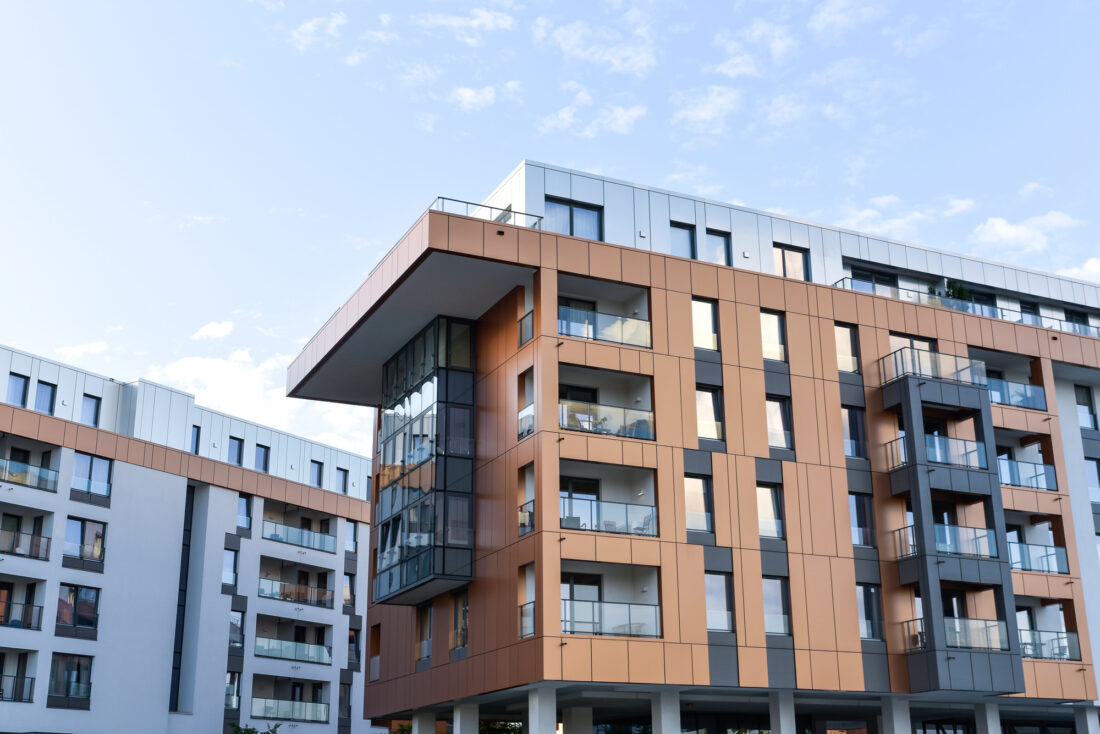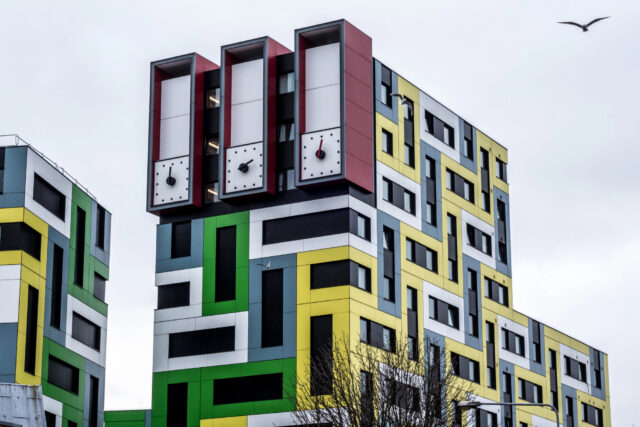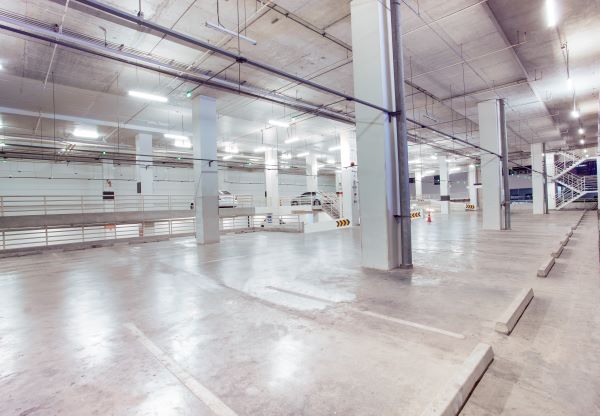Introduction
While the Build to Rent (BTR) business model continues to attract plenty of attention, a variant known as the Build-to-Rent-to-Own (BTRTO) model has emerged. The most prolific operator of this model in Australia is Assemble.
Variations of this model also exist in the UK. I will analyse UK BTRTO operators at a later time. For today, let’s focus on Assemble.
I first came across Assemble at a BTR Conference. On the surface, the BTRTO model sounds very attractive for tenants (and would-be owners). According to the Assemble website, there are 3 stages involved:
- Secure your rent and purchase price. (That is, you agree what rent you will pay now, and how much you can buy the property for in future)
- Move in and make it home
- Buy when (and if) you’re ready.
That is… You get to live in your apartment for up to 5 years at an agreed rent, and then you have the choice to buy at an agreed price at any time during the 5 year period. What is there not to like?
Financial Options 101
Economists describe this model as an “Option”. Similar options exist in financial markets, whereby the owners of such options can choose to buy an asset (such as shares) at a fixed price in the future. Options play an important role in finance, and extensive research has been undertaken into the characteristics and how they should be priced, with the masterminds of the Black-Scholes-Merton option pricing model winning Nobel Prizes.
Some of the key outcomes of the Black-Scholes-Merton pricing model are:
- The higher the strike price (in this case, the purchase price), the less valuable the option.
- If the strike price is high enough, the option is worthless
- The later the option can be exercised, the more valuable the option
- In most circumstances, it is sensible to exercise the option as late as permitted
The Assemble Model in more detail
When I first heard about the Assemble model, it was presented as being a tool to help first home buyers own their own home. With zero knowledge of how the model works, I naively formed the opinion that the Assemble team was probably unfamiliar with option pricing techniques, and therefore was under-valuing the options. In other words, I guessed that Assemble was giving their customers (tenants) too much value, and their business model wouldn’t generate sufficient return on capital for Assemble’s shareholders in the long term.
As you will come to realise as you read on… how wrong I was!
So, let’s dig into the model. The building currently being promoted by Assemble is at 15 Thompson Street, Kensington VIC. Options include:
- Studios
- 1 Bedroom / 1 Bathroom
- 2 Bedroom / 1 Bathroom
- 2 Bedroom / 2 Bathroom
- 3 Bedroom / 1 Bathroom
- 3 Bedroom / 2 Bathroom
The weekly rent and initial purchase price are specified for each apartment. Both the rent and purchase price escalate by 3% p.a. over 5 years. By applying the option theory outlined above, the best time to purchase an apartment would be in 4 years and 11 months, just before the option expires. By then, the purchase price will have increased 12%.
For the purpose of this article we will focus on 2 Bedroom / 1 Bathroom apartments, however the analysis applies equally to the other apartment types.
The Kensington Property Market
At the time of writing, according to Domain.com, there are 13 x 2 Bedroom / 1 Bathroom apartments for sale in Kensington. Naturally, they vary in many respects – location, size, aspect, condition etc. The asking prices range from around $470,000 to $575,000 with an average of $535,000.
There are also 7 x 2 Bedroom / 1 Bathroom apartments for rent. The average rent is $562 per week, although this is propped up by one apartment in a resort-like complex.
Let’s compare this to the asking price for Assemble apartments: Assemble is charging a minimum of $750,000 to buy a 2 Bedroom / 1 Bathroom apartment, that’s a premium of 40% over the average asking price in Kensington. The premiums in Assemble’s more expensive apartments are be even more than 40% over the Kensington average.
Let’s also compare the rent. Tenants at Assemble will pay at least $715, a premium of 27% over the suburb average.
| Assemble Minimum | Suburb Average | Premium | |
| Buy | 750,000 | 535,000 | 40% |
| Rent (p.w.) | $715 | $562 | 27% |
Those are some hefty premiums being paid by the Assemble residents!
Representatives of Assemble would have some arguments in response to this:
- The Assemble building is new, whereas most of the comparisons I have found in Kensington are in older buildings. [This is true, although from the limited photos I can see, the building doesn’t look premium to any extent. What’s more, the building won’t be new in 5 years’ time when tenants would be most likely to purchase].
- Property prices will increase over 5 years, and the tenants’ option is valuable. [This is also true, although property prices need to increase significantly in order for the option to have any value. In the meantime, tenants will pay inflated rent for 5 years, and the purchase price will have increased a further 12% over and above the current inflated purchase price].
Putting all that together – It appears to me the most likely outcome is that in 5 years’ time, most tenants won’t exercise their options because either:
- the purchase price at the time will exceed the true value of the property, and/or
- they can’t afford to purchase, and/or
- their circumstances will have changed, and the property will no longer suit their needs
In the meantime, they will have been paying over-inflated rent for 5 years with nothing to show for it.
In other words, I don’t think this represents a good deal for prospective tenants.
How does the model stack up for the Assemble Shareholders?
While I’m not privy to Assemble’s internal financial analysis, it is interesting to hear the perspective of Australian Super, a $300 billion professional investor and Assemble shareholder.
In June 2024, Australian Super CEO Paul Schroder was quoted in the Australian Financial Review:
“We’re not saying no to BTR, we’re just saying we’d prefer this [BTRTO] model with this [developer and] owner [Assemble]. “It’s [BTR] not outside our appetite. But it’s not as attractive as this proposition [BTRTO].”
Clearly, Australian Super has formed the view that as a shareholder, BTRTO is far more attractive than BTR. Which raises the question, if the shareholders are making such high returns from BTRTO, who is losing out?
One thing I can say with certainty… I won’t be moving into a BTRTO development any time soon.





